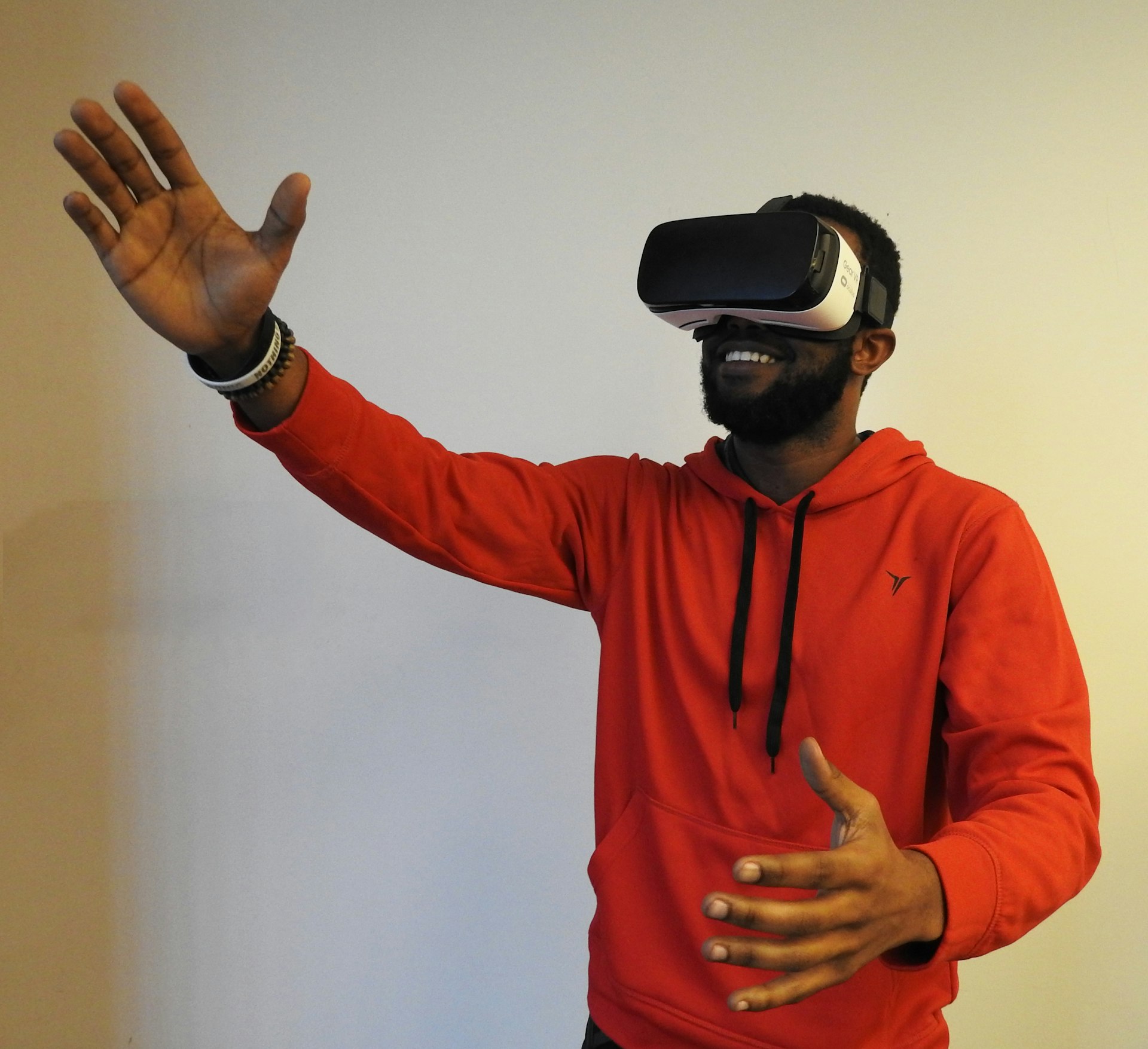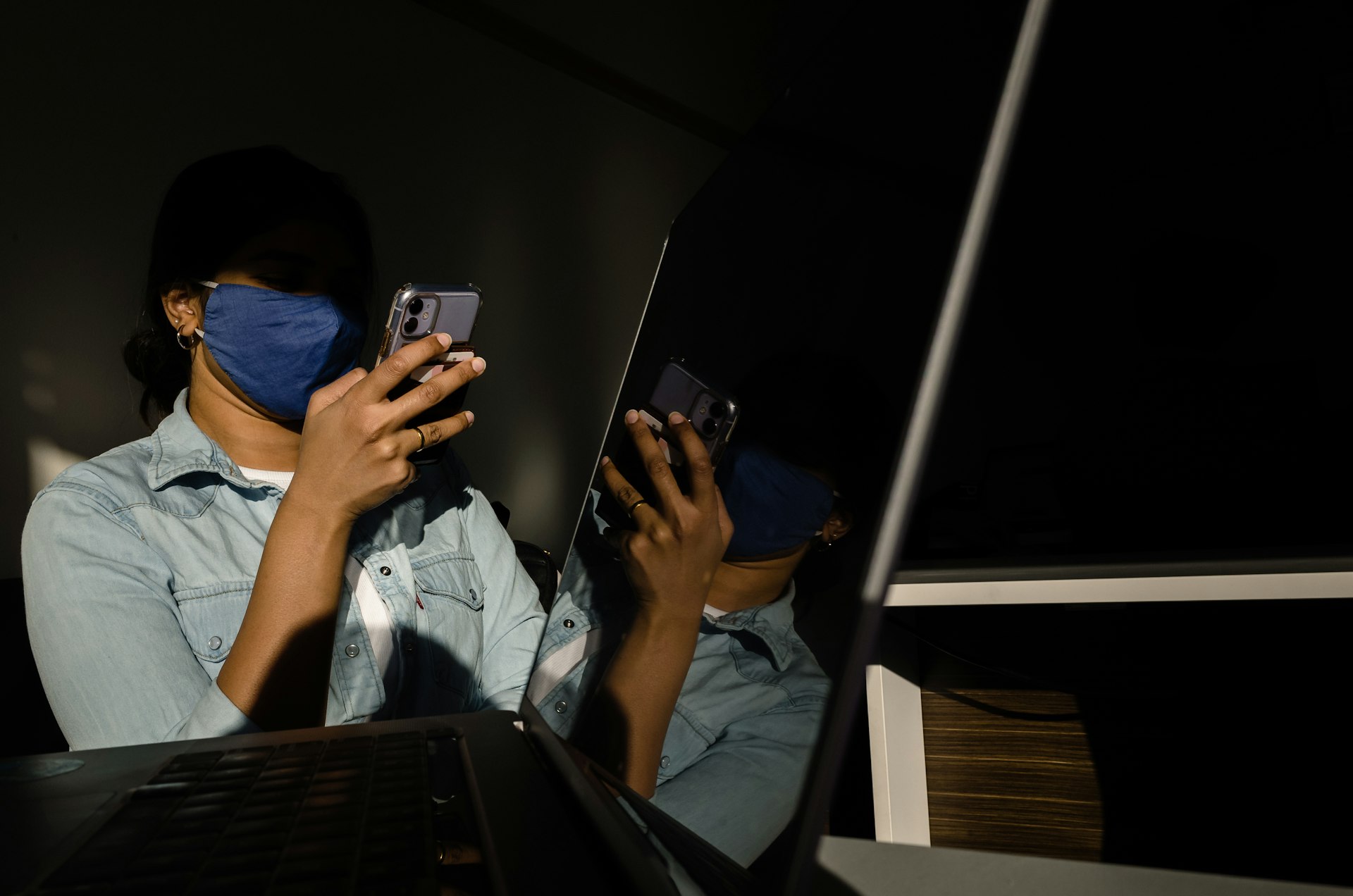How Virtual Reality Is Shaping the Future of Healthcare: Benefits, Innovations, and Access

Photo by Hammer & Tusk on Unsplash
The Transformative Power of Virtual Reality in Healthcare
Virtual reality (VR) has rapidly evolved from an entertainment technology into a critical tool for healthcare innovation. Its ability to create immersive, interactive environments is revolutionizing everything from medical education to pain management and mental health therapy. As of 2024, the global healthcare VR market exceeds $4 billion and continues to grow, with experts predicting even broader applications and improved patient outcomes in the years ahead [1] .
Why Virtual Reality Matters in Modern Healthcare
Healthcare systems worldwide face challenges such as provider shortages, rising costs, and disparities in patient access. VR offers practical solutions by enabling remote care, enhancing training, and delivering non-invasive therapies. As government agencies and private organizations increase support for digital health innovations, VR is positioned to further expand its impact [2] .
Medical Training and Surgical Simulation: A New Standard
One of the most significant uses of VR in healthcare is medical training. VR allows students and professionals to rehearse complex procedures and practice decision-making in risk-free, virtual environments. This results in improved surgical outcomes, reduced errors, and a more confident healthcare workforce [3] .
For example, VR surgical simulators let trainees interact with lifelike 3D anatomical models. These platforms often integrate real patient data, enabling personalized practice and assessment. This approach not only enhances learning but also increases access to high-quality training, especially in regions where live surgeries or cadaver labs are not available [4] .
How to Access VR Training Solutions: Medical schools, teaching hospitals, and healthcare organizations may already provide access to VR labs. If you are a student or professional, inquire with your institution’s simulation center or training department. For independent learners, consider searching for accredited online VR medical training programs or contacting professional medical associations for recommendations.
Therapeutic Applications: Pain Management, Rehabilitation, and Mental Health
VR is increasingly used for patient treatment and therapy. In pain management, immersive VR experiences distract patients from discomfort during medical procedures and chronic pain episodes. Studies indicate a reduction in pain perception by more than 30% for conditions like fibromyalgia and low back pain [1] .
Mental health professionals deploy VR to create controlled environments for exposure therapy, stress relief, and cognitive behavioral interventions. Patients with anxiety, depression, or post-traumatic stress disorder (PTSD) can benefit from these tailored, immersive therapies. The World Health Organization anticipates mental illness will be the leading burden of disease by 2030, making scalable VR solutions especially valuable [1] .
Physical rehabilitation also sees gains from VR. Interactive simulations motivate patients to complete exercises and track progress in real time, improving engagement and recovery outcomes.
Accessing VR Therapeutic Services: If you are interested in VR-based therapy, ask your healthcare provider or therapist if they offer such services. Many rehabilitation centers and mental health clinics are adopting VR tools. You can also search for “VR pain management clinics” or “virtual reality mental health therapy” to find local or telehealth providers. Always verify the credentials and reputation of any provider before participating in VR interventions.
Artificial Intelligence and XR: The Next Frontier
The integration of artificial intelligence (AI) with extended reality (XR, which includes VR and augmented reality) is unlocking new levels of precision and personalization in healthcare. AI-driven XR platforms can provide real-time, 3D overlays of patient anatomy during surgery, deliver adaptive treatment protocols, and enable dynamic patient monitoring [5] .
For instance, AI-enabled VR systems can analyze biosensor data-such as heart rate and brain activity-offering instant feedback and personalized adjustments during therapy or rehabilitation sessions. This enhances both safety and effectiveness, helping clinicians deliver more targeted care.
Getting Started with AI-Powered VR Solutions: Hospitals and specialty clinics are increasingly investing in AI-integrated VR platforms. If you work in healthcare administration, contact vendors specializing in medical XR solutions and request demonstrations or pilot programs. For patients, inquire with your healthcare provider about technologically advanced therapy options or explore academic medical centers, which often serve as early adopters of such innovations.
Expanding Access and Overcoming Barriers
Despite its promise, implementing VR in healthcare comes with challenges-cost, technical infrastructure, and provider training are common hurdles. However, the rapid commercialization of user-friendly VR devices has made the technology more accessible. Many insurance providers are beginning to evaluate coverage for VR-based therapies, particularly in pain management and rehabilitation [2] .
Steps to Access Virtual Reality Healthcare Services:

Photo by Hammer & Tusk on Unsplash
- Start by consulting your primary care provider or specialist to discuss whether VR interventions are appropriate for your needs.
- Ask about in-network specialists or facilities offering VR-based treatments. If not available locally, inquire about telehealth options utilizing VR.
- If you are a healthcare professional, research VR training and certification programs through your professional society or academic institution. Many programs are listed on official medical education association websites.
- For organizations, develop a phased implementation plan: pilot VR applications in one department, collect outcome data, and expand based on results.
For those seeking insurance coverage, contact your health plan’s customer service or search for “VR therapy insurance coverage” along with your provider’s name. Be prepared to provide documentation or letters of medical necessity as required by your insurer.
Case Studies and Real-World Examples
Numerous hospitals and clinics worldwide have successfully integrated VR into their care models. For example, Cedars-Sinai Medical Center in Los Angeles has piloted VR programs for pain management, reporting significant reductions in opioid prescriptions and patient discomfort. Academic institutions such as Stanford Medicine and Johns Hopkins Medicine provide VR-based surgical training and patient education modules. To learn more about these case studies, visit the official websites of major teaching hospitals or search for “VR healthcare pilot programs” in your area.
Challenges and Alternative Approaches
While VR is increasingly accessible, not all patients or providers may be ready to adopt it. Technical literacy, device costs, and lack of standardized protocols can impede rapid deployment. As an alternative, many organizations start with basic telemedicine or 3D anatomical modeling before advancing to full VR implementations. Wearable health devices, such as smartwatches and biosensors, can also serve as stepping stones, integrating with VR platforms for comprehensive care [3] .
To address challenges, consider the following solutions:
- Partner with technology vendors offering training and support for clinicians and patients.
- Pilot VR solutions in a limited scope to evaluate outcomes and ROI before scaling.
- Engage with industry consortia or professional societies for best practices and shared resources.
Key Takeaways for Patients and Providers
Virtual reality is reshaping healthcare delivery, education, and therapy. While the path to broad adoption involves overcoming technical and financial hurdles, the potential benefits-improved patient outcomes, expanded access, and reduced costs-are substantial. Patients and providers alike can begin by exploring pilot programs, engaging with reputable institutions, and staying informed about new opportunities as the technology and supporting research continue to advance.
References
- [1] Firstup (2024). The Top 10 Healthcare Technology Trends for 2025.
- [2] Frontiers in Virtual Reality (2025). Current status of virtual reality researches at healthcare.
- [3] Thinc Forward (2025). Top 10 Medical Tech Trends to Watch in 2025.
- [4] Information Technology and Innovation Foundation (2025). AR/VR’s Potential in Health Care.
- [5] Lucid Reality Labs (2025). Top 6 Healthcare Technology Trends 2025.
MORE FROM cheerdeal.com













